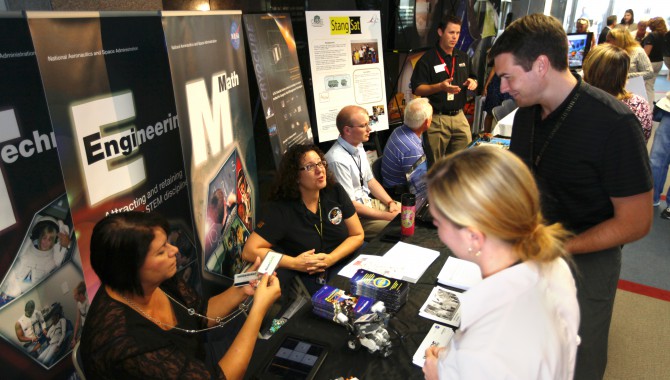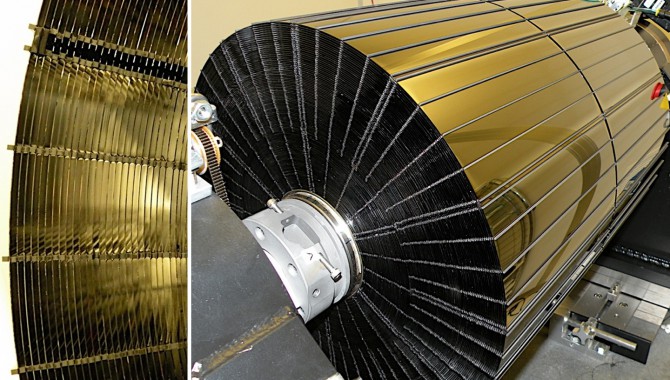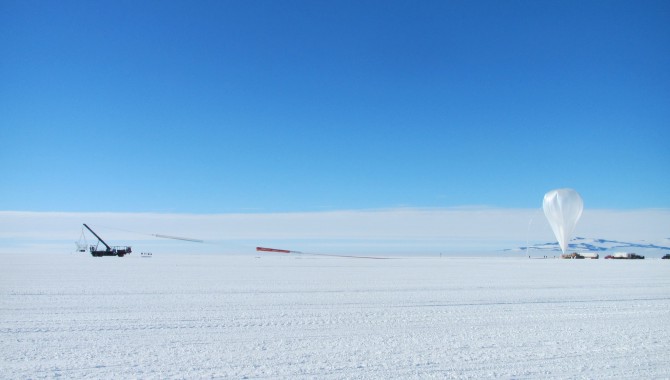
By George Hale Success in science often relies as much on planning, communication, and constant improvement as it does on gathering data, writing papers, and giving lectures. This is especially true for large scientific missions like NASA’s Operation IceBridge.













